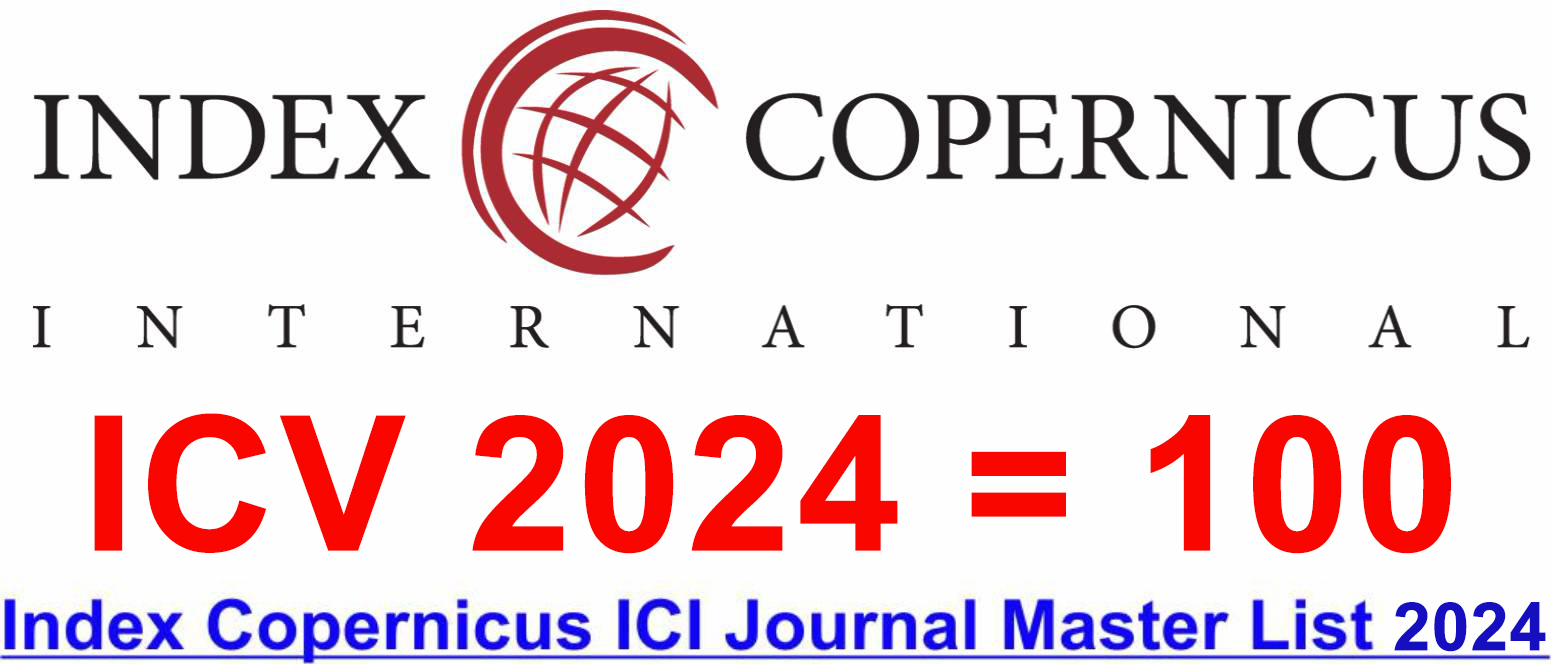Economic Development of Tribal Women during Festivals in India
DOI:
https://doi.org/10.46977/amt.2025.v05i04.002Keywords:
Economic Development, Festivals, Tribal Products, Tribal WomenAbstract
Festivals are a time of celebrations. People increase their purchases during the festive season. This is the time when the market absorbs more employees to meet the demand of consumers. Enterprises and organisations try hard to accelerate their sales during the festive period. This is the best time for the tribals too, especially the women, to join this flow of festivity and get involved in the business of profit. Through Tribal Co-Operative Marketing Development Federation of India Limited (TRIFED) and National Scheduled Tribes Finance and Development Corporation (NSTFDC), the Ministry of Tribal Affairs promotes entrepreneurship among tribal women. Pradhan Mantri Jan Jatiya Vikas Mission (PMJVM) provides help for marketing of MFP and tribal products. The fruits of these policies of Government are reaped by the tribals, mainly during the festivals. Festivals provide a platform for the tribals to showcase their crafts, gain recognition and earn a better income. As most craft makers are women, this leads to their economic development. The products are demanded not only in India but even in foreign nations. This could be seen in 'Tribes India Aadi Mahotsav'. So, festivals are spreading their lights and colours in the lives of tribal women by increasing their source of income, making them self-sufficient and helping in their economic development.
Downloads
References
Amazon Smbhav. (2024). Giving the Products of North East India a National Stage. Retrieved from: https://smbhav.amazon.in/initiatives/spotlight-north-east/ . Accessed on 18th November 2024.
Bandekar, B. P. B, & Jaiswar, N. D. (2022). Assessment of socio-economic empowerment of tribal women associated with self-help groups (SHGs) in Shahapur block of Thane district, Maharashtra. International Journal of Multidisciplinary Research and Technology, Page 16–21. Retrieved from: https://ijmrtjournal.com/wp-content/uploads/2024/12/Tribal-Development-Initiatives-For-Sustainable-Livelihood.pdf. Accessed on 12th November 2024.
Bhatnagar, A. (2024). Political Frameworks for Tribal Empowerment in India: Successes, Challenges, And Recommendations. ShodhKosh: Journal of Visual and Performing Arts, 5(5). https://doi.org/10.29121/shodhkosh.v5.i5.2024.1612
Flipkart Stories. (January 20, 2022). Travel across India, guided by our diverse group of sellers. Retrieved from: https://stories.flipkart.com/flipkart-samarth-artisans-weavers-small-businesses/. Accessed on 18th November 2024.
Guha, S. (2022). A Status Report of the Tribal Arts within the Central Indian Tribal Belt. In Tribal Development Report (pp. 275-338). Routledge India. https://doi.org/10.4324/9781003172864-10
Human, I. R. J. M. S. (2024). "Empowering Tribal Women through Vocational Education and Skill Development: A Pathway to Inclusive Growth". Isara Solutions. Retrieved from: https://www.academia.edu/119007498/_Empowering_Tribal_Women_through_Vocational_Education_and_Skill_Development_A_Pathway_to_Inclusive_Growth_. Accessed on 24th November 2024.
Katherasala, S., & Chinthakindi, P. (2025). A Multifaceted Approach to Uplifting Tribal Communities: A Viewpoint of Tribes through Empowerment and Development. International Journal of Sustainable Rural Development, 2(1). https://doi.org/10.54536/ijsrd.v2i1.3744
Kumar, A., Singh, R. K. P., Kumar, P., Singh, K. M., Kumar, U., & Mishra, J. S. (2019). Rural labour employment and livelihoods in tribal villages of eastern India. The Indian Journal of Agricultural Sciences, 89(3), 426-432. http://dx.doi.org/10.56093/ijas.v89i3.87583
Lal, B. S. (2020). Economic Empowerment of Tribal Women A Study in Telangana State. Social Sciences International Research Journal, 2(1), 2395-0544. Retrieved from: https://www.researchgate.net/publication/339016963_Economic_Empowerment_of_Tribal_Women_A_Study_in_Telangana_State. Accessed on 17th November 2024.
Ministry of Tribal Affairs Statistics Division. (2013). Statistical Profile of Scheduled Tribes in India 2013. Retrieved from: https://tribal.nic.in/ST/StatisticalProfileofSTs2013.pdf. Accessed on 12th November 2024.
Modi, A., Patel, K. J., & Patel, K. M. (2014). Impact of microfinance services on rural women empowerment: An empirical study. IOSR Journal of Business and Management, 16(11), 68-75. Retrieved from: https://www.findevgateway.org/sites/default/files/publications/files/impact_of_microfinance_services_on_rural_women_empowerment_an_empirical_study.pdf. Accessed on 12th November 2024.
Naik, R., & Dasaratharamaiah, K. (2019). Education and Socio-Economic Development of Tribal Women: A Study. Shanlax International Journal of Economics, 7(4), 9-19. https://doi.org/10.34293/economics.v7i4.608
Neman, M. (2022) Changing era of financial inclusion for tribal people: NABARD. International Journal of Multidisciplinary Research and Technology, Page 05 –11. Retrieved from: https://ijmrtjournal.com/wp-content/uploads/2024/12/Tribal-Development-Initiatives-For-Sustainable-Livelihood.pdf. Accessed on 12th November 2024.
Paramasivan, C., & Ravichandiran, G. (2024). Tribal Women Empowerment Through Entrepreneurship. 368, ISBN: 978-93-6260-542-9.
Pederson, L. L., Vingilis, E., Wickens, C. M., Koval, J., & Mann, R. E. (2020). Use of secondary data analyses in research: Pros and Cons. Journal of Addiction Medicine and Therapeutic Science, 6(1), 058-060. https://doi.org/10.17352/2455-3484.000039
Press Information Bureau. (14th Nov 2023). Empowering Tribals, Transforming India. Retrieved from: https://pib.gov.in/FeaturesDeatils.aspx?NoteId=151692®=3&lang=1, Accessed on 25th November 2024.
Punjani, N. G. (2022). An analytic approach of an option for tribal community livelihood using tribal handicraft. International Journal of Multidisciplinary Research and Technology, Page 16–21. Retrieved from: https://ijmrtjournal.com/wp-content/uploads/2024/12/Tribal-Development-Initiatives-For-Sustainable-Livelihood.pdf. Accessed on 12th November 2024.
Rajya Sabha. (n.d.). Question No. AU455: Fiscal Deficit and Public Expenditure. Sansad.in. https://sansad.in/getFile/annex/262/AU455.pdf?source=pqars
Rao, G. B. N., & Filbert, R. A. (2019-20). Financial Intervention for Sustainable Tribal Livelihoods: A Study to Understand the Objectives Vs Outcomes of Microfinance and SHGs (women) Empowerment. Indian Institute of Banking and Finance. Retrieved from: https://iibf.org.in/documents/reseach-report/Bhaskar%20Rao.pdf. Accessed on 17th November 2024.
Sahu, V. K., & Baral, S. K. (2024). Tribal marketing in Bastar region: Preserving heritage and promoting sustainability. International Journal of Multidisciplinary Education and Research, 13(2), 33. Retrieved from: https://s3-ap-southeast-1.amazonaws.com/ijmer/pdf/volume13/volume13-issue2(2)/13.pdf. Accessed on 24th November 2024.
Sood, B. (2023). Tribal Development in India: Issues and Challenges. International Journal of Creative Research Thoughts (IJCRT), 11(1), 361-366. Retrieved from: https://www.ijcrt.org/papers/IJCRT2301287.pdf. Accessed on 25th November 2024.
TRIFED. (2021-22). 34th Annual Report 2021-22. Retrieved from: https://trifed.tribal.gov.in/sites/default/files/2023-10/TRIFED_Annual%20Report%282021-22%29.pdf. Accessed on 18th November 2024.
Vidyarthi, L. P., & Rai, B. K. (1977). The Tribal Culture of India. Concept Publishing Company. Retrieved from: https://books.google.co.in/books/about/The_Tribal_Culture_of_India.html?id=scgz0Uzn64YC&redir_esc=y. Accessed on 18th November 2024.
Published
How to Cite
Issue
Section
Copyright (c) 2025 Advancement in Management and Technology (AMT)

This work is licensed under a Creative Commons Attribution-NonCommercial 4.0 International License.
















